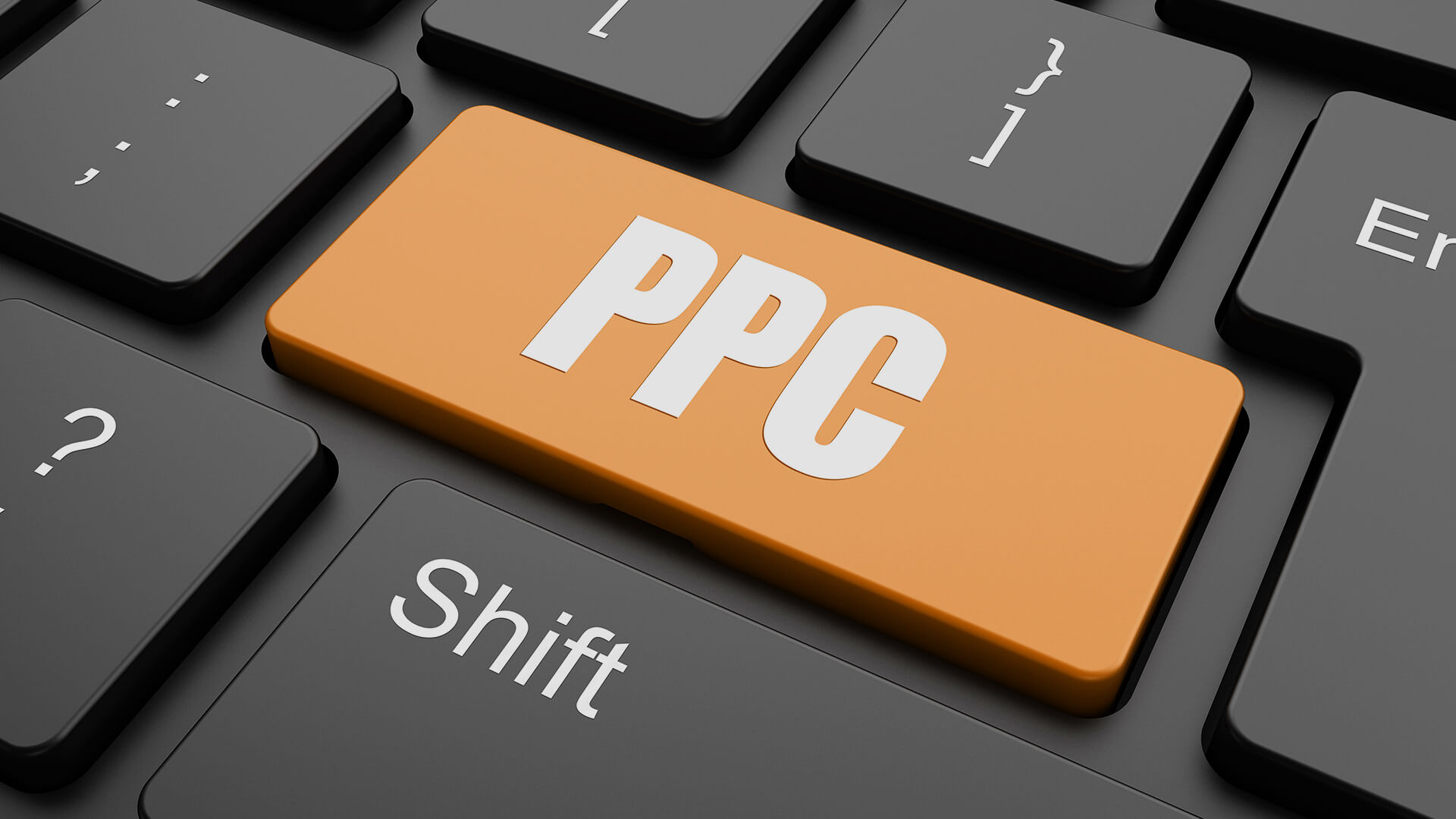Pay - Per - Click
Measurable | Real-time | Power-boost for Sales
Used for all types of campaign goals
PPC has evolved to stand for online search engine advertising. bought through Google Ads and Microsoft Advertising to advertise on Bing, but many other ad networks, like as Facebook, Amazon, Twitter, Pinterest, Snapchat, Quora, and LinkedIn, also accept pay-per-click or cost-per-click ad buying. Pay-per-click buyers can purchase display, video, social, and native advertisements.


Online advertisers who utilise PPC (pay-per-click) marketing incur expenses when customers click their adverts. Advertisers place bids based on how valuable they believe a click is in relation to the keywords, platforms, and audience it comes from.
PPC is used for all types of campaign goals, including:
Increasing sales
Generating leads
Promoting brand awareness
The key to PPC is relevancy. At each given time, users are looking for particular goods, services, and information. At the same time this search is taking place, advertisers have the option of displaying a tailored advertisement. For instance, an advertiser may display an advertisement for “blue running shoes” if a user searches for that term.
The language used in digital marketing is well-known, and businesses sometimes strive to come up with their own names for services and goods. As one illustration, the phrases “remarketing” and “retargeting” describe the same thing.
The reporting statistic used by ad platforms is called cost per click (CPC). CPC refers to the bid price an advertiser sets (Max CPC) and the cost an advertiser incurs (reported in aggregate as Avg. CPC). Because advertisements are purchased on a cost-per-thousand basis and advertisers only pay when their ads appear on the page, impression-based purchasing is also known as CPM.

